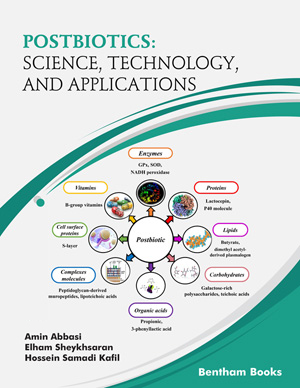Abstract
Microbial biofilms are communities of sessile cells with a three-dimensional
(3D) extracellular polymeric substance (EPS). The EPS consists of exopolysaccharides,
nucleic acids (eDNA and eRNA), proteins, lipids, and other biomolecules, that they
produce and are irreversibly attached to living or non-living surfaces. This is the most
frequent growth mode of microorganisms in nature. The biofilm formation consists of
several steps, starting with attachment to a surface and the formation of microcolonies.
Subsequently, in the maturation step, three-dimensional structures are formed and end
the life cycle of biofilms with the dispersal or detachment of the cells. This type of
growth has been reported to be more resistant to antimicrobial treatment and immune
response than its planktonic (free-living) counterparts. Several intrinsic resistance
factors including the interaction between antimicrobial and biofilm matrix components,
reduced growth rates, persister cells presence, increased production of oxidative stress,
and antagonist and degradation mechanisms may be active in some parts of the
biofilms have been described. Extrinsic factors such as increased horizontal genes
transmission conferring antimicrobial resistance have been described contributing to
the biofilm antimicrobial resistance.
Due to the heterogeneous nature of biofilms, it is likely that multiple mechanisms of
biofilm antimicrobial resistance are useful in order to explain biofilm survival in a
number of cases, being the result of an intricate mixture of intrinsic and extrinsic
factors. The understanding of the nature of biofilm development and drug tolerance are
great challenges for the use of conventional antimicrobial agents and indicate the need
for multi-targeted or combinatorial therapies.






















